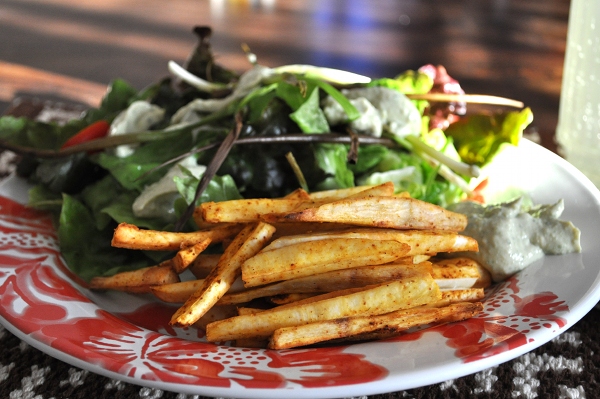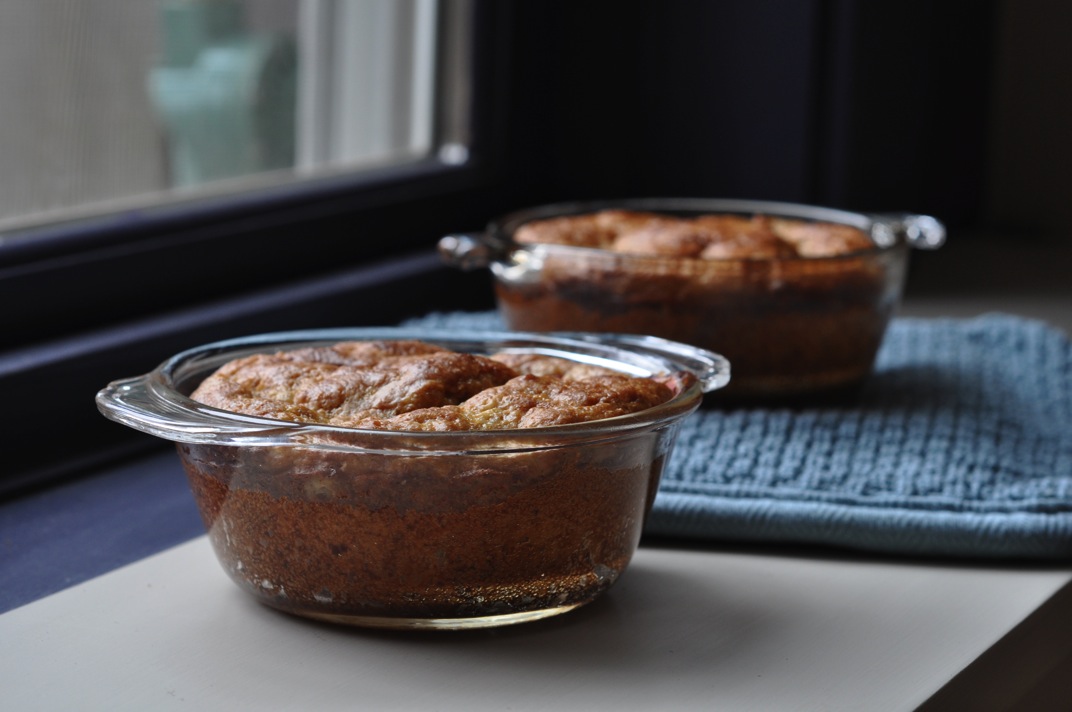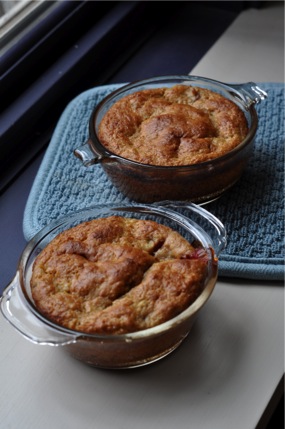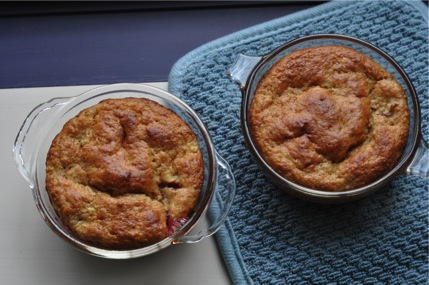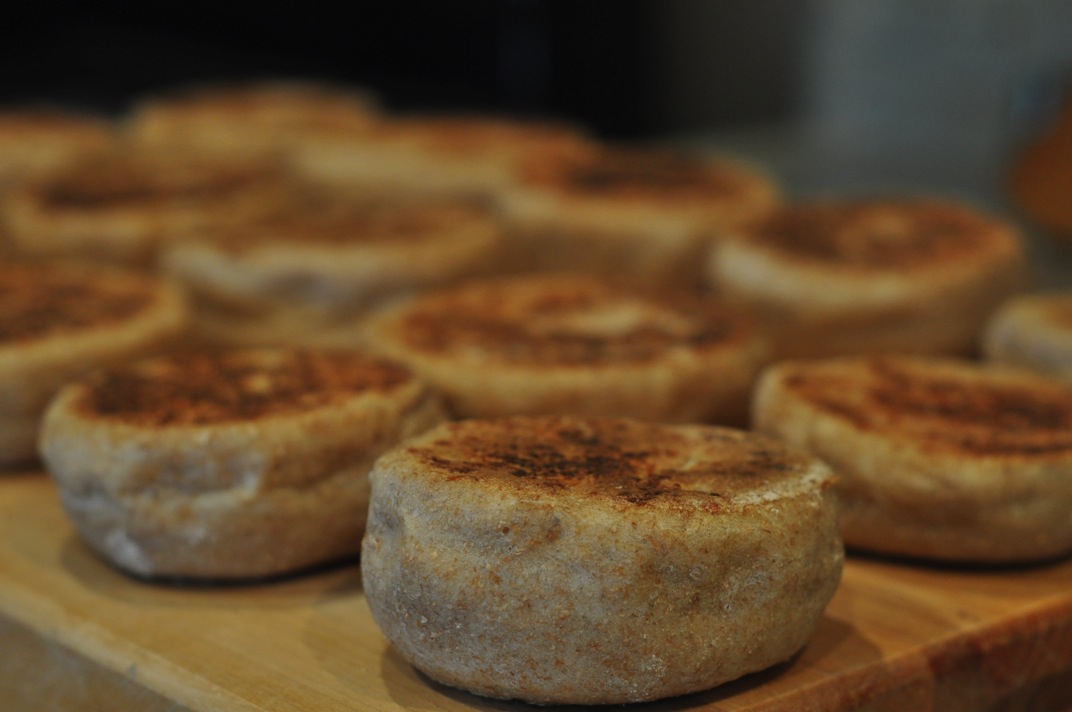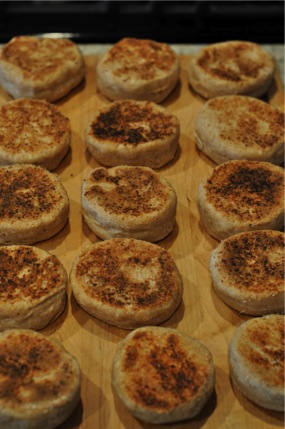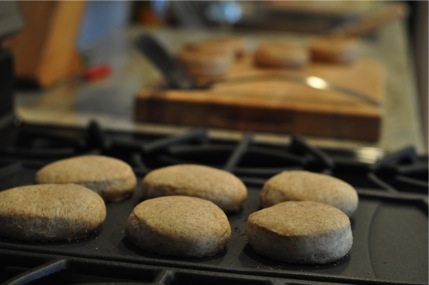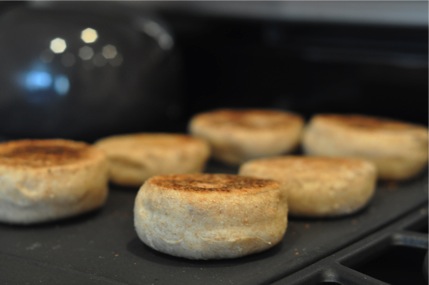I am one of those people who never intentionally order french fries in a restaurant but almost always grabs a couple off of my dining companion’s plate. That’s only if I’m dining with someone like my husband or mother. I don’t take fries from strangers or mere acquaintances. Are you a fry snatcher?
It’s not that I don’t love a good french fry. Who doesn’t? When they’re crisp but not dry and not too greasy with a little bit of salt and pepper….ah, yum. I hate to turn them down. Hand over the ketchup and nobody gets hurt. The problem with fries is that, in my experience, they are rarely the picture of perfection I just described. They’re soggy, greasey, overly salty, and cold. Presented with a mountain of such fries, will I still eat them? Yes. I’m afraid that if I order fries with my sandwich I’ll eat the whole pile whether or not they’re really good and feel horrible about it afterwards. That’s just what fries do to me.
So, I snatch a few off of Lee’s plates, sampling the goods. If they’re tasty, then I’m content with my nibble. If not, then I’m more than happy that I have salad next to my (veggie)burger rather than fried potatoes.
There does come a time when every girl needs a plate of french fries, or rather, french fry-shaped things that are in fact rather good for you and safe to consume by the plateful. Enter the yucca fry.
Baked, not fried, these babies entered my dinner repertoire while we were sailing in the Bahamas. I think I ran across the idea of baking yucca (aka cassava) “fries” on Meals and Miles. The funky looking root was everywhere in the Bahamian markets and was undoubtedly the cheapest produce around. It’s naturally high in fiber and other good stuff like vitamin C.
While peeling and slicing yucca can be somewhat tricky (the outer skin has a waxy coating and the inside is alternately crumbly and hard), the result is worth it. Rather than becoming limp during baking, as baked potato “fries” sometimes do, yucca holds it’s shape well and gets crispy/chewy in the oven. I’m getting hungry just thinking about it!
Ingredients
- 2 medium-sized yucca/cassava roots (easier to handle than the big guys)
- Olive oil
- Seasonings (whatever you want! This time around I used a little chili powder and garlic powder)
- Your favorite french fry dips and sauces
Instructions
- Preheat oven to 400 degrees F.
- Get out a large, rimmed baking sheet
- Peel the yucca using a paring knife or vegetable peeler
- Cut eat root in half and then slices the halves into sticks of about the same width (1/4-1/2 inch)
- Toss yucca into a plastic bag with the olive oil and spices.
- Shake and massage the bag until the fries are evenly coated.
- Arrange yucca in a single layer on the baking sheet.
- Bake for 15-20 minutes, or until fries are gold-brown. You can stir them around part way through but this isn't necessary.

